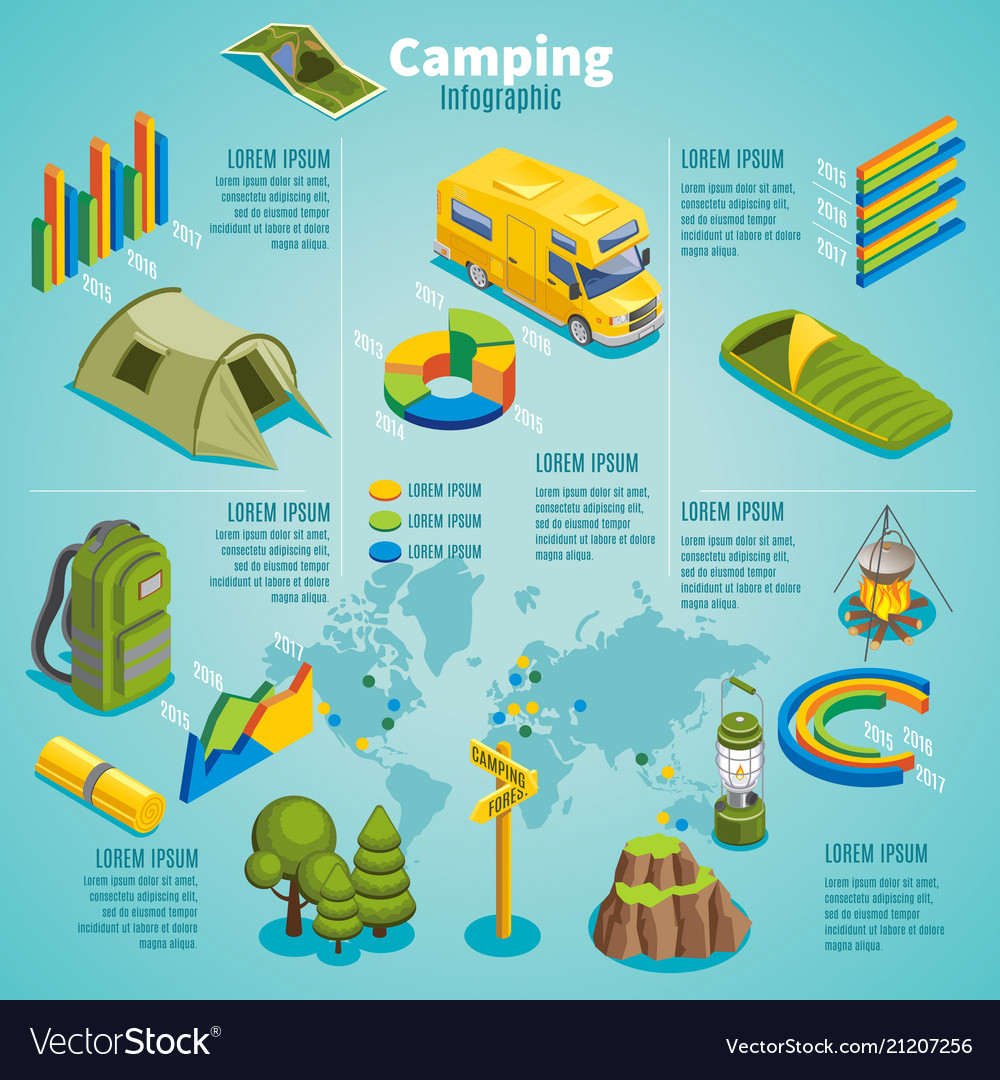Learn The Best Methods Of Creating Online Sales Sell Camping Tents
Learn The Best Methods Of Creating Online Sales Sell Camping Tents
Blog Article
Does Your Backpacking Tent Required a Footprint?
A footprint is expensive and adds additional weight to your knapsack. It likewise isn't specifically resilient.
Where do you put a tent on a backpack?
Inevitably, whether or not a camping tent impact is essential depends on where and how typically you're camping. As a whole, it's a good concept to use one if you camp on rough surfaces or in damp conditions.
Outdoors Tents with Lower Deniers and Water-proof Ratings
Camping tents with reduced deniers and waterproof rankings tend to be lighter, yet they can additionally be more delicate. They might call for even more constant fixings and have much less indoor area than harder versions. If you're an informal backpacker that suches as to take a trip fast and light, this might be fine; however, more knowledgeable walkers recognize that giving up longevity can come with huge consequences down the trail.
The denier and waterproof rating of a tent's canopy, rainfly, and flooring can aid you identify its livability. Search for higher-denier fabrics on the canopy and rainfly, along with taped joints that aid stop water from leaking through stitches. Some producers even use warmth and sealer during construction to create a stronger joint; these are called bonded seams.
The livability of a tent can additionally be established by its flooring dimensions and capacity. A tent's flooring must be somewhat smaller than the impact to stop water from pooling under the sanctuary.
Outdoors Tents in Rough Terrain
Many backpacking outdoors tents consist of a footprint designed especially for their version, which assists guarantee a proper fit and shields the outdoor tents's base from wetness and sharp objects. Various other makers offer universal impacts that can be cut or folded to match an outdoor tents's measurements.
The type of terrain you'll run into is one more essential factor to consider for selecting a tent. As an example, if you'll be camping in a canyon or gully, try to find a shelter that can take care of strong winds. These conditions develop turbulence that can make the distinction in between enjoying your camping site or experiencing discomfort.
The ability and top elevation of a camping tent give you an excellent idea of its livability, yet extra factors to think about include vestibules (the area of the rainfly covering the doors) and general storage space. As an example, during our winter months testing of the Marmot Tungsten, its generous 93-by-82-inch flooring easily took care of four sweaty backpackers and their puffier shoulder period sleeping bags while still leaving adequate room for equipment and people.
Camping Tents in Wet Issues
Even if your camping tent shows up completely dry, moisture hides in the nooks and crannies. With time, it can break down the fabric. That's why it's so vital to make use of rest days to deep-clean your camping tent and its components, such as zipper cellular linings, stake loopholes and adjustable webbing bands.
Also, make certain to pitch your tent in a level location, not a divot or concave area, to make sure that ground water doesn't accumulate between the outdoor tents floor and impact or tarp. And if you're utilizing a footprint, think about a custom-cut one made for your tent's layout. It won't gather rain the way a common ground winnerwell woodlander cloth or tarp can.
Method establishing and taking down your camping tent at home before you took off, to get a feel for exactly how promptly and efficiently you can do it. Likewise, technique staking out your camping tent in different terrains to see just how easy it is (or isn't) to do in bad weather.
Outdoors Tents in High-Rise Situations
Tents vary in floor size and livability. As an example, a huge tent with double doors and vestibules like Marmot's Tungsten can take care of four backpackers without needing acrobatics to get in and out or to store gear.
The minimal route weight specification is the best specification to contrast versions, as it includes the bare fundamentals: camping tent body, rainfly and posts. But keep in mind that the specification leaves out tent stakes, person lines and stuff sacks.
Many backpacking camping tents can stand up to a light summer storm, however some can be swept away by gale-force gusts. Seek a model with solid poles, a raised bathtub-style floor and joint taping to lower the chance of water leaking with. Costlier designs also have a tendency to include more powerful products that can resist the effect of debris and various other pressures.
How long should a tent stay waterproof?
